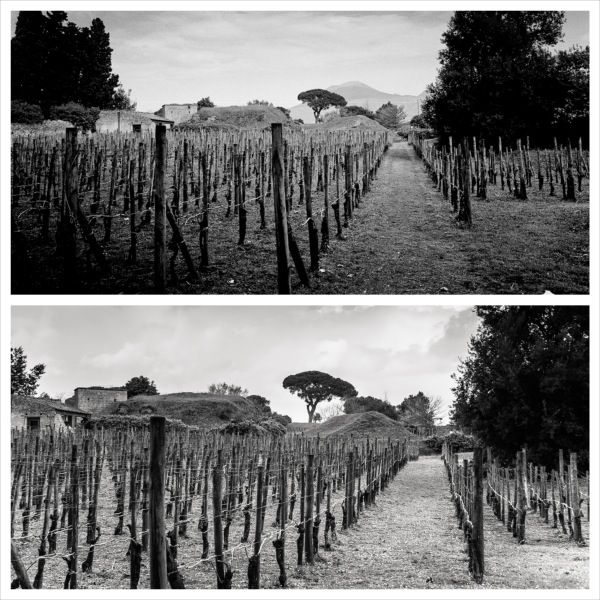ped
Small brown dog
Just for a bit of fun.
Same(ish) photo, taken a year apart. One is shot on digital format (Epson R-D1) and the other is on 35mm film (Leica M4, Ilford Pan F 50). Which is which? I won't tell you the lenses used. I was standing in roughly the same spot but not exactly, as you can see.
Cheers
ped

Same(ish) photo, taken a year apart. One is shot on digital format (Epson R-D1) and the other is on 35mm film (Leica M4, Ilford Pan F 50). Which is which? I won't tell you the lenses used. I was standing in roughly the same spot but not exactly, as you can see.
Cheers
ped


